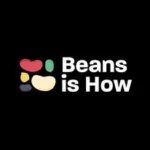Pulses. Check no-one is around and now say it out loud: PULSES.
It is a strange word in the English language! A homonym – a word that is spelled the same but has different meanings. When your pulse races. When you have your finger on the pulse. Or, when you devour a delicious bowl of food, that is good for people and the planet, made from pulses!
Pulses – the eating variety – are a highly nutritional, and incredibly important food group to include in our diets for so many reasons. So much so, that the United Nations dedicated an entire year in 2016 to researching pulses and promoting their benefits.
February 10 is now recognized as World Pulses Day, an annual moment to celebrate pulses. This years’ theme is to increase global awareness of the role of pulses in ensuring sustainable food systems and their importance as a nutritious, eco-friendly, affordable food source, leaving no one behind.
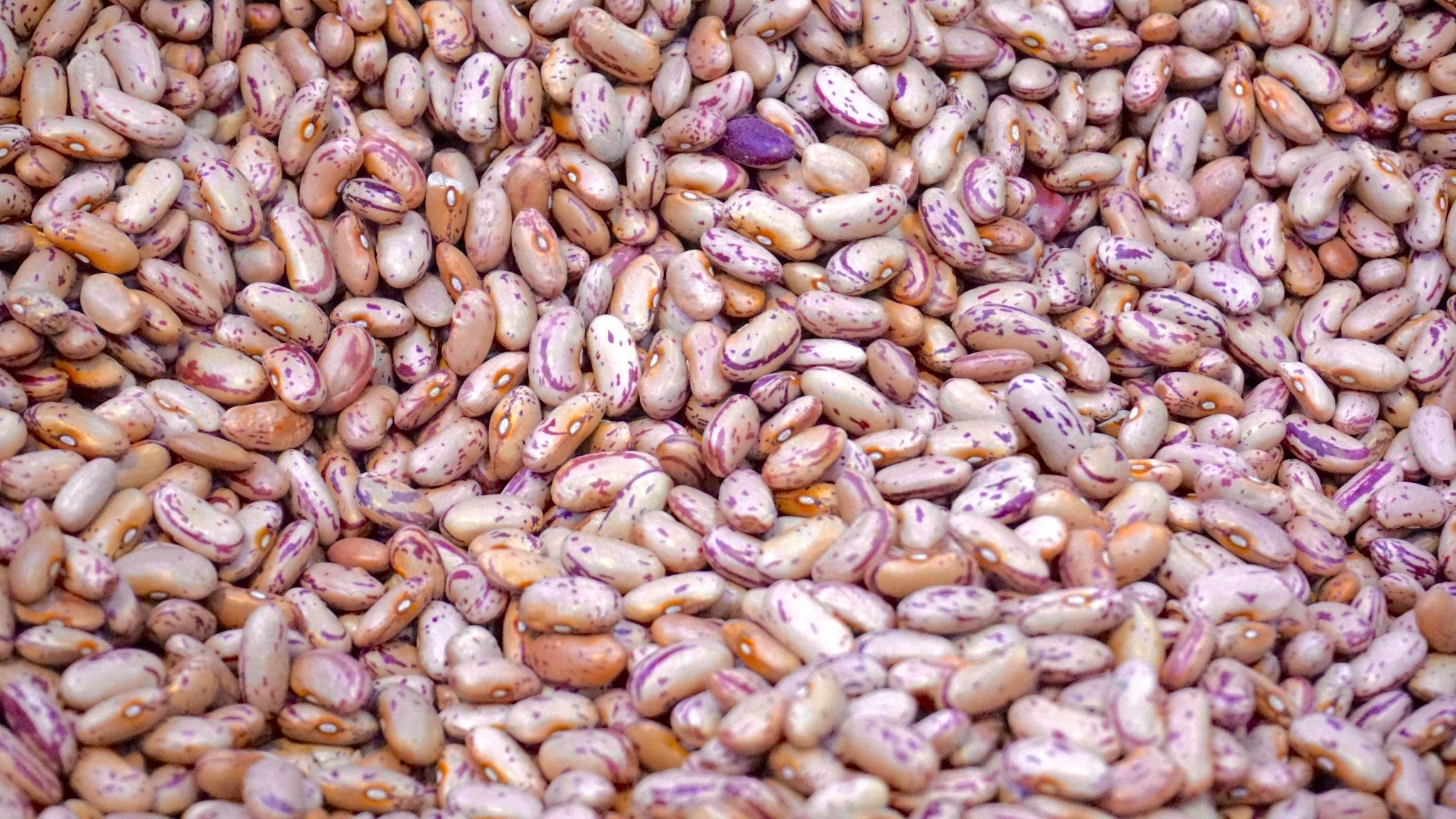
Not only are pulses mouth-watering, but these ancient crops are also highly nutritional, having been used to sustain populations for hundreds of years. In fact, evidence of lentil production has been discovered near the Egyptian pyramids and dry pea fossils were found in a Swiss village dating back to the Stone Age!
These small but mighty crops can also contribute to the development of sustainable food systems and work towards eradicating world hunger and poverty.
They help increase farming biodiversity and climate mitigation efforts while improving global nutrition levels, food security, and the livelihoods of smallholder farmers. According to the UN, widespread recognition of pulses will lead to even more production, consumption and support the achievement of Agenda 2030.
So, what are pulses?
Pulses are the edible seeds of plants in the legume family. Pulses grow in pods and come in a variety of shapes, sizes, and colours. The United Nations Food and Agriculture Organisation (FAO) recognises 11 types of pulses, including different types of beans: dry beans, dry broad beans, and bambara beans, along with: dry peas, chickpeas, cow peas, pigeon peas, lentils, vetches, lupins and pulses.
The word ‘pulse’ originates directly from the Latin ‘puls’ meaning “thick gruel, porridge, mush” (FAO).
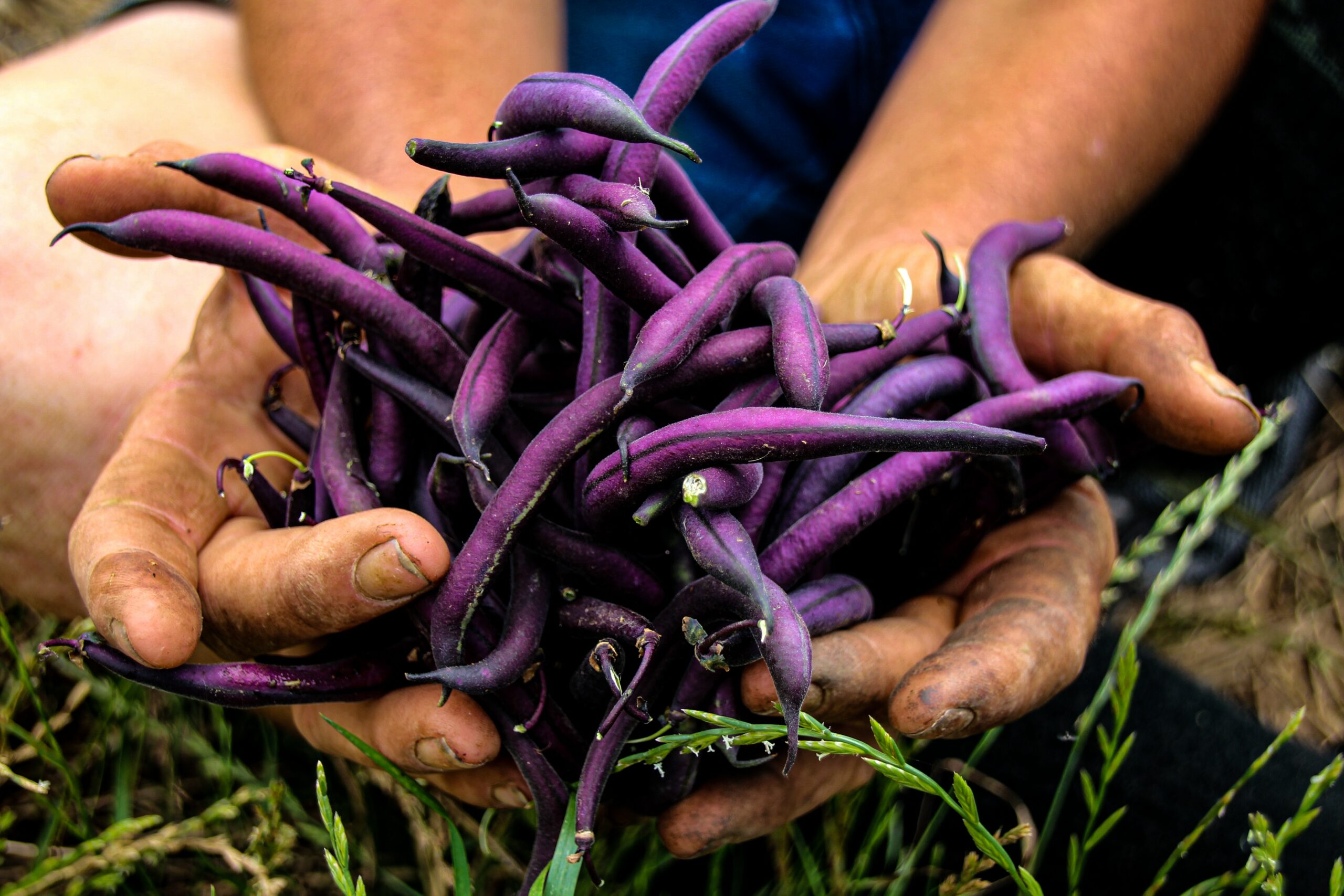
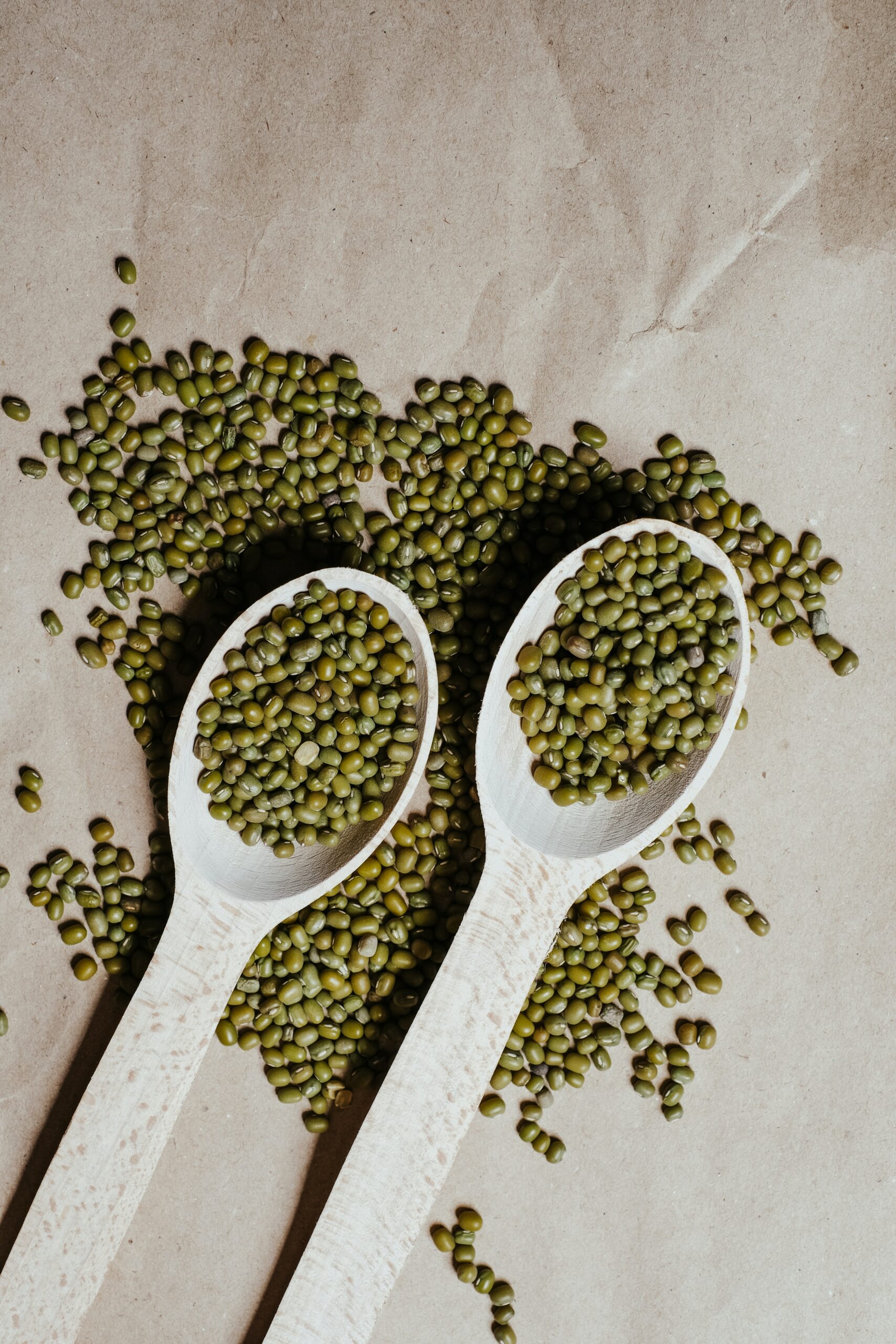
Why pulses?
Pulses are healthy, accessible, delicious, and easy to cook with. The production and consumption of pulses promotes sustainable agriculture, as the crops help indirectly decrease greenhouse gases due to their small carbon footprint, ability to increase soil health, and their water efficiency.
They are also common amongst many different cultures around the world, with multiple indigenous species of pulses found globally.
Pulses contribute towards:
Food security
- In the midst of a cost-of-living crisis, with external global shocks causing rising food and commodity prices, pulses contribute to the food security of smallholder farmers. Pulses differ from other cereal grains because they are an affordable option to both sell and consume. They play a key role in helping to reduce poverty in agricultural economies, typically offering farmers higher profit margins while combatting malnutrition (FAO).
- Pulses and legume varieties also help with economic stability, as when dried they can be stored for months without losing their high nutritional value, providing increased food availability between harvests (FAO). The crop residues from grain legumes can be used as animal fodder, saving on an additional expense for smallholder farmers.
- Consuming pulses help to increase the diversity of diets, especially in developing countries (UNEP), as pulses are extremely versatile and can be used in many different recipes, ranging from daal to falafel.
- In a time of rising food prices, where cost is a daily consideration for millions of citizens, pulses remain an affordable and accessible option for those seeking hearty, healthy and delicious flavours. On average, pulses cost less than £2 to feed a family of four (Eating Better) and dried beans only cost 0.81p per 500g.
Nutrition
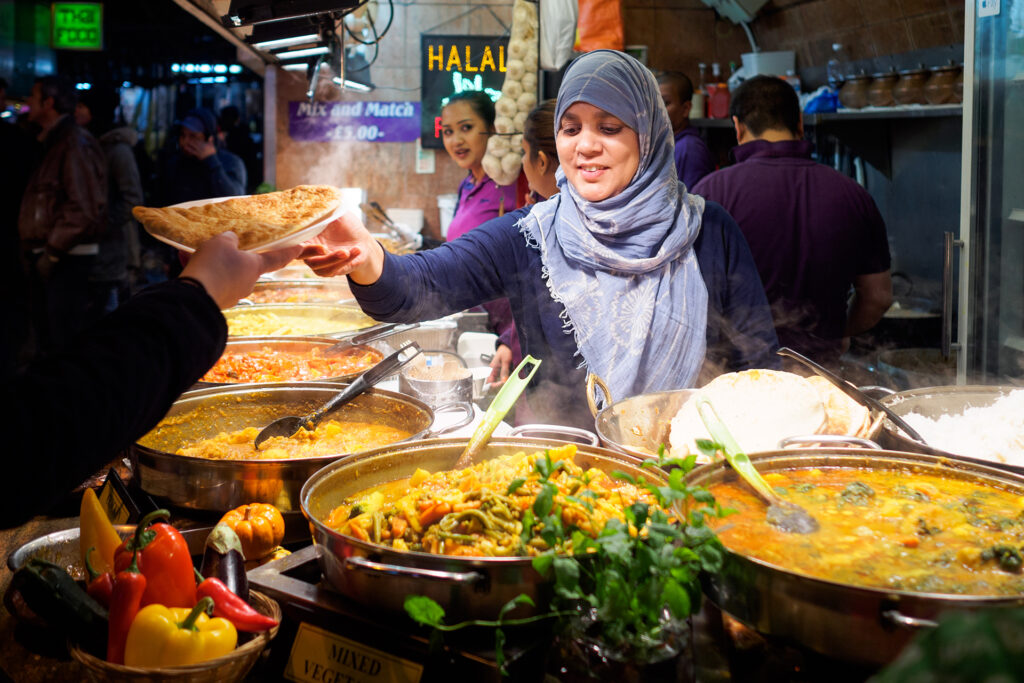
- Pulses are a low-fat source of protein with high levels of fibre and important micronutrients such as iron, potassium and folate (pulses.org). They are also low in carbohydrates.
- The high-fibre intake from legumes has been associated with reduced blood pressure and risk of cardiovascular disease. Plus, according to the British Heart Foundation, legumes can help lower your risk of heart disease, stroke, type 2 diabetes, and bowel cancer (Eating Better).
- Three heaped tablespoons of pulses count as 1 of your recommended 5-a-day and will provide the potassium, zinc, B-vitamins and antioxidants you need to keep you healthy (Eating Better). Affordable, highly micronutrient-dense foods such as pulses, are more important than ever before, as 3.1 billion people globally cannot afford a healthy, nutritious diet.
- Many diets around the world rely on pulses as a staple source of protein. The amount of protein in beans, lentils, chickpeas and peas is 2-3 times the levels found in cereal grains like wheat, rice, quinoa, oats, barley, and corn. For example, eating just ½ cup of lentils provides the same amount of protein as 1 cup of quinoa or 2 cups of rice or corn. Compared to animal and many other plant-based sources of protein, pulses are a more affordable and sustainable protein source.
Climate Adaptation & Mitigation
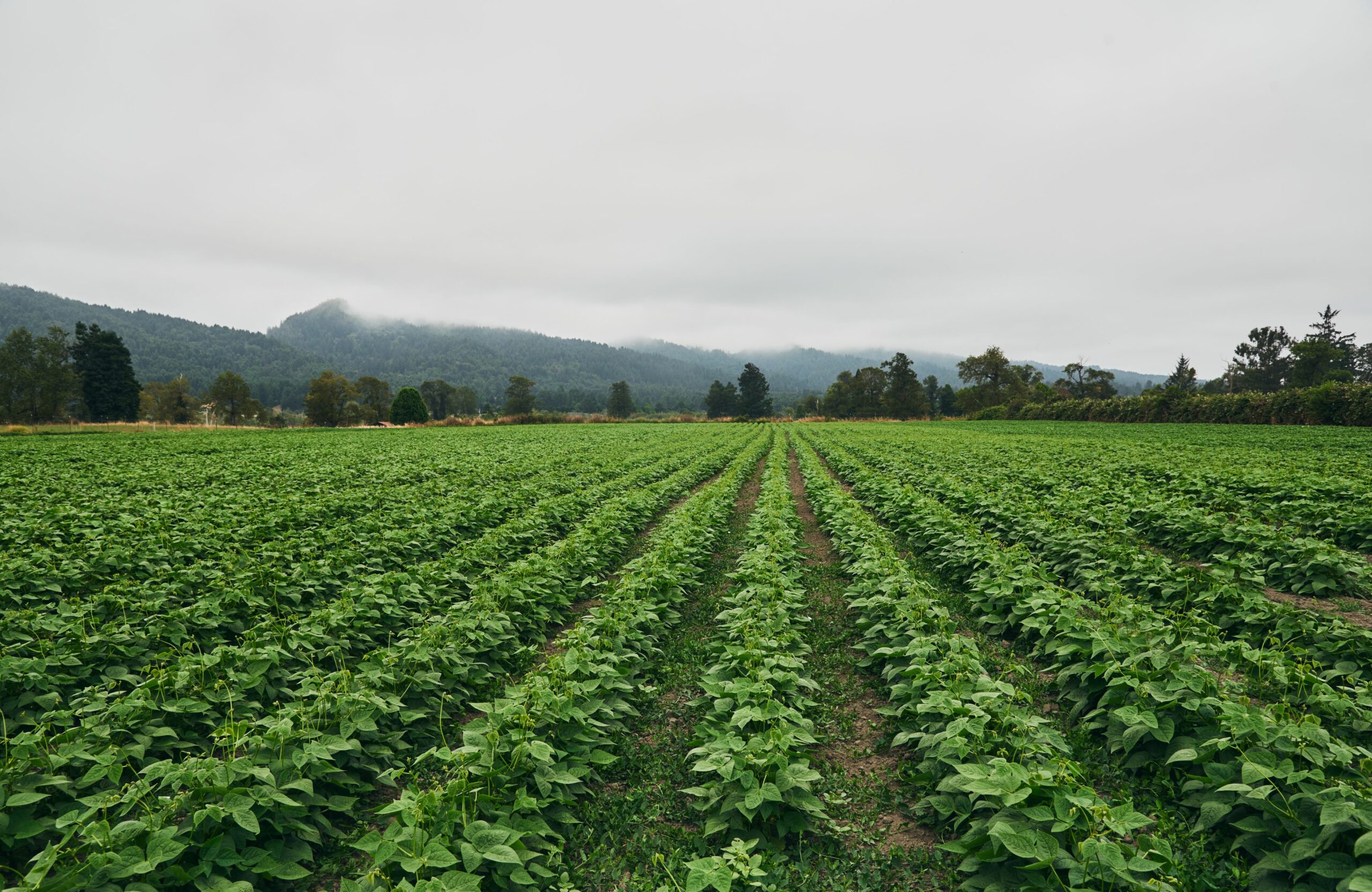
- Pulses can contribute to climate change mitigation by reducing dependence on the synthetic fertilisers used to introduce nitrogen artificially into the soil, as the crops have natural nitrogen-fixing properties that can improve soil fertility (FAO). Fava beans are the champions in this regard, but even dry beans can add up to 70 kilograms of nitrogen per hectare (ICARDA).
- Pulse species have a broad genetic diversity from which climate-resilient varieties can be selected (FAO). This diversity is a critical attribute in a warming world since climate experts suggested that heat stress will be the biggest threat to bean production in the coming decades. As such, scientists at the International Center for Tropical Agriculture are currently working on developing a strain of pulses that can grow at higher temperatures than the crop would usually be accustomed to. These improved pulse varieties will be of critical importance, especially for low-input agricultural production systems (FAO).
- Pulses are vital to global biodiversity, which is in steep decline. Increased intercropping of pulses would hopefully mean decreased fertiliser application which is currently reducing the richness of plant species and biodiversity in all farmlands (RSPB).
- The pulse family is highly water-efficient compared to other protein sources. For instance, 1kg of lentils uses only 1,250 litres of water, whilst the same quantity of chicken requires 4,325 litres, mutton 5,520 litres, and beef a whopping 13,000 litres (FAO). Bean production results in 90% fewer harmful greenhouse gases released into the atmosphere than beef per 100 g of protein (The Monday Campaigns).
- Cover crops – plants that are used to cover soil while restoring nutrients, improving water quality, and controlling pests and weeds – are critical to helping soil recover, especially after intense flooding. Pulses are a fantastic cover crop, especially lentils which love cold temperatures, low moisture and don’t mind winter soil temperatures. They germinate easily and grow a strong, upright stalk which can thrive amongst other, tougher crops.
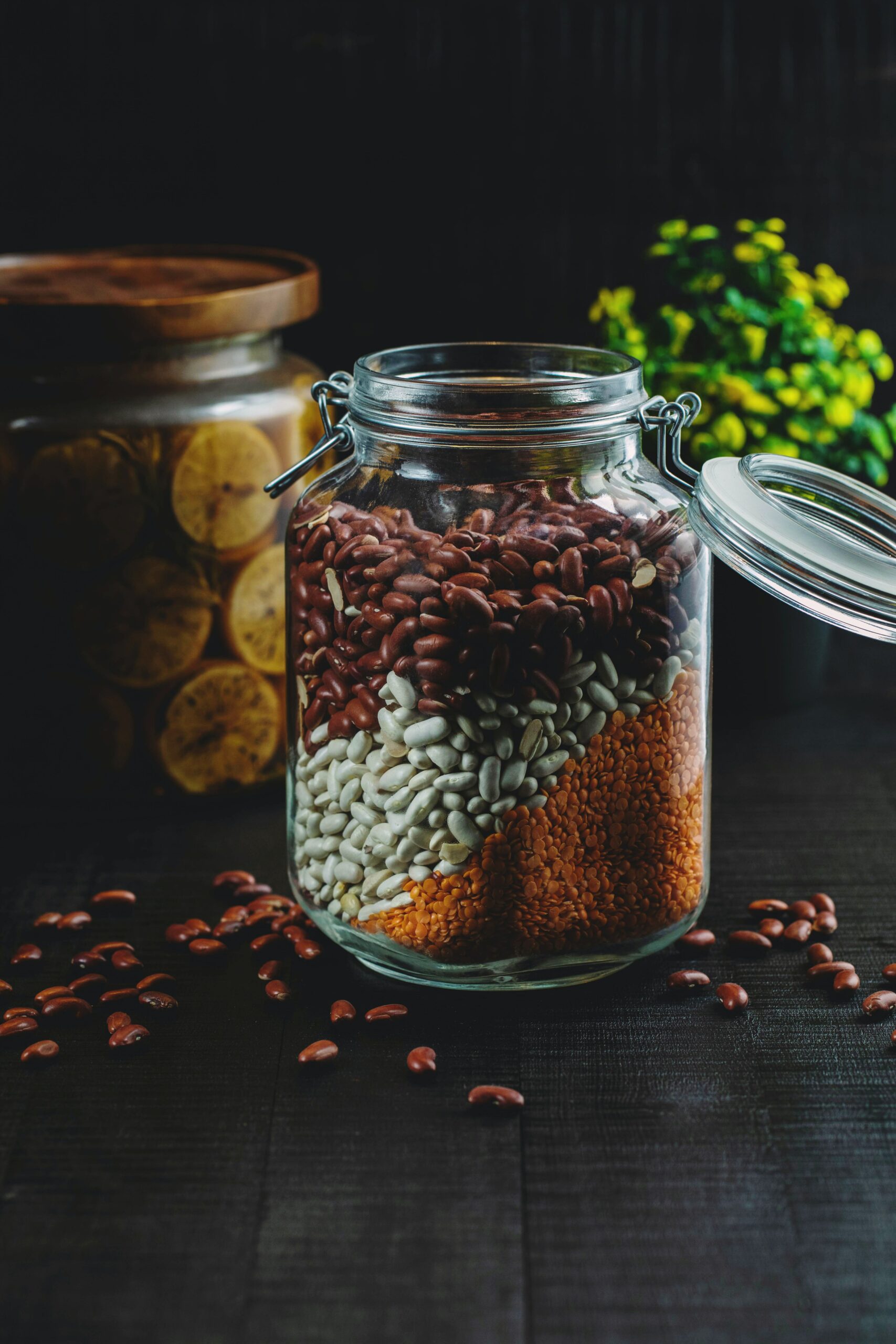
If pulses are so good for us, why aren’t we eating more of them?
There are a number of barriers to eating pulses, and these shift across regions and cultures. According to the British Nutrition Foundation, the key challenges include:
– Long preparation time
– Lack of knowledge of cooking techniques
– Not already a part of cultural diets
– A belief that pulses are only for vegetarians
With that in mind, the main facilitators to eating more pulses are:
– Widespread recognition of the health benefits
– Low cost & versatility of the crop
– Increased consumption of cuisines that use pulses
– Environmental benefits
– Education on the many varieties and delicious flavours!
Want to get involved and support Pulse Power?
Visit Beans is How, and become part of the growing movement to double global bean (as well as peas, pulses, lentils, and legumes) consumption in the next five years!
Follow @beansishow #beansishow on Instagram and Twitter
Join one of the World Pulses Day activities listed below!
8 Feb – Join the Global Pulse Confederation’s press conference Virtually or in person in London
10 Feb – Register now to join FAO’s ‘Pulses for a Sustainable Future’ event
Check out this list of finger-licking recipes featuring (you guessed it) PULSES – World’s greatest pulses recipes.
Publish a recipe and/or reel on Instagram and tag @beansishow @chefsmanifesto using #worldpulsesday #lovepulses #beansishow #chefsmanifesto

